Author: Jake Huolihan
The Pacific Northwest has dominated when it comes to the development of new hop varieties, introducing the world to hops such as Citra, Amarillo, Mosaic, and a host of others sought by brewers of hop-forward beers. Most popular for their Noble varieties, hop breeders in Germany have been doing some of their own experimenting in hopes of developing new fruity hops to assist in fulfilling the ever growing demand of IPA lovers, one of which I recently had the opportunity to play with.
Alpha: 6.9 – 7.5%
Beta: 7.3 – 7.9%
Cohumulone: 25 – 30% of alpha acids
Total Oil: 0.7 – 0.9 mL/100g
Myrcene: 35 – 37%
Humulene: 10 – 20%
Caryophyllene: 5 – 10%
Farnesene: <1.0%
Linalool: <1.0%
Geraniol: <1.0%
ß-Pinene: unknown
Parentage: Bred at the Hop Research Institute of Hüll, parentage unknown
Noted for imparting mild notes of melon and strawberry, Huell Melon sounded to me like it might work well in a juicy NEPA. However, after reading a few reviews suggesting the character was typically pretty mild, I decided to first try it out on a simple beer and have it evaluated by blind tasters for The Hop Chronicles!
| MAKING THE BEER |
The recipe I designed had a simple grist in order to let the Huell Melon character shine.
Huell Melon Pale Ale
Recipe Details
| Batch Size | Boil Time | IBU | SRM | Est. OG | Est. FG | ABV |
|---|---|---|---|---|---|---|
| 5.5 gal | 60 min | 29.4 IBUs | 5.6 SRM | 1.054 | 1.012 | 5.6 % |
| Actuals | 1.054 | 1.008 | 6.0 % | |||
Fermentables
| Name | Amount | % |
|---|---|---|
| Briess Pale Ale Malt | 11.25 lbs | 95.74 |
| Weyermann Vienna | 8 oz | 4.26 |
Hops
| Name | Amount | Time | Use | Form | Alpha % |
|---|---|---|---|---|---|
| Huell Melon | 26 g | 60 min | Boil | Pellet | 4.5 |
| Huell Melon | 31 g | 30 min | Boil | Pellet | 4.5 |
| Huell Melon | 31 g | 5 min | Boil | Pellet | 4.5 |
| Huell Melon | 31 g | 0 min | Boil | Pellet | 4.5 |
| Huell Melon | 30 g | 5 days | Dry Hop | Pellet | 4.5 |
Yeast
| Name | Lab | Attenuation | Temperature |
|---|---|---|---|
| California Ale (WLP001) | White Labs | 77% | 68°F - 73°F |
Notes
| Water Profile: Ca 64 | Mg 0 | Na 8 | SO4 75 | Cl 61 | pH 5.4 |
Download
| Download this recipe's BeerXML file |
I prepared a starter of the clean fermenting WLP001 California Ale Yeast a couple days ahead of time that would eventually be split between this and another batch for a future xBmt.
I readied the ingredients and dialed in my preferred water profile the night prior to brewing. Upon waking the next day, I immediately lit the flame under my kettle full of strike water.
As the water was coming to temperature, I milled the grains that I’d previously weighed out.
Once the water was ready, I mashed in to hit my target mash temperature.
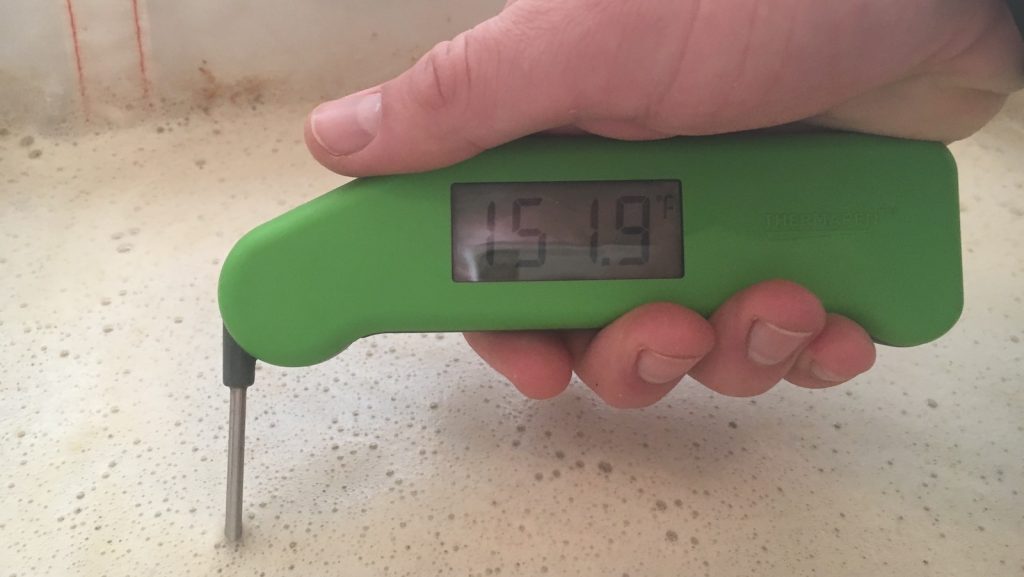
I went with the no sparge method for this batch, which meant that following a 60 minute rest, the full volume of sweet wort was collected in my kettle.
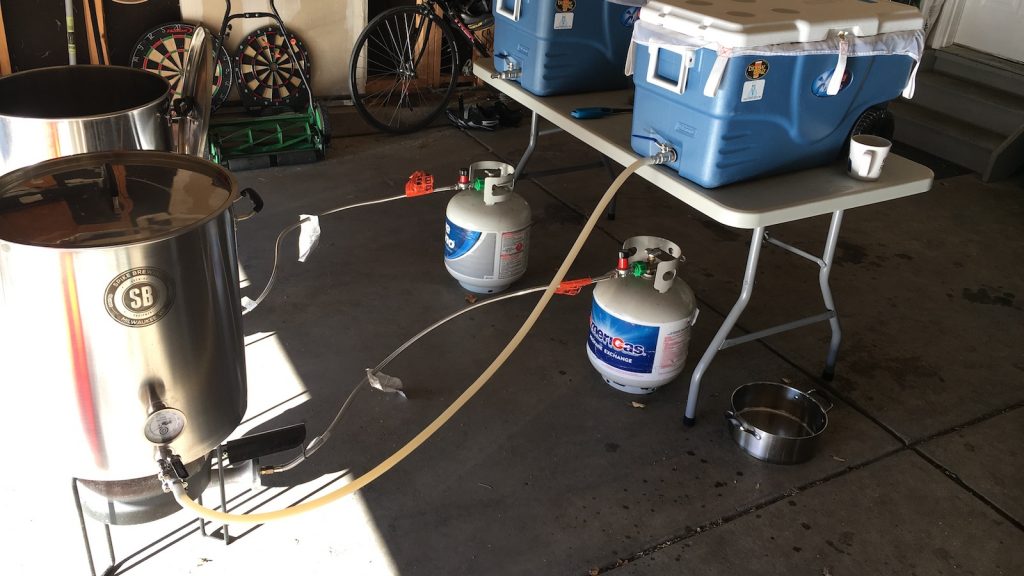
As the wort was heating to a boil, I measured out all of the kettle hop additions.
Hops were added at the times listed in the recipe during a 60 minute boil, after which I quickly chilled the wort to my desired fermentation temperature of 66°F/19°C.
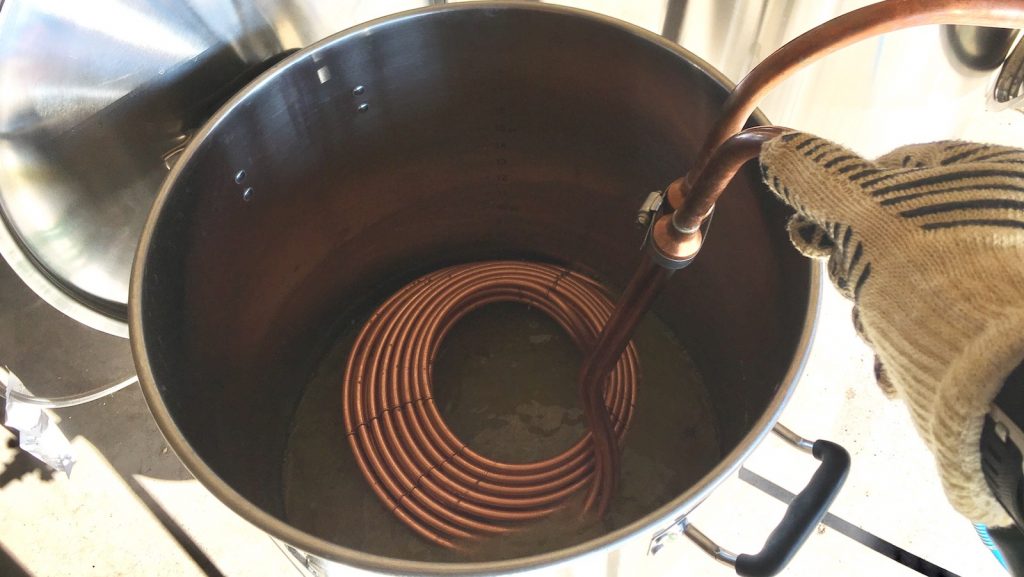
A hydrometer measurement at this point showed the wort hit the intended OG.
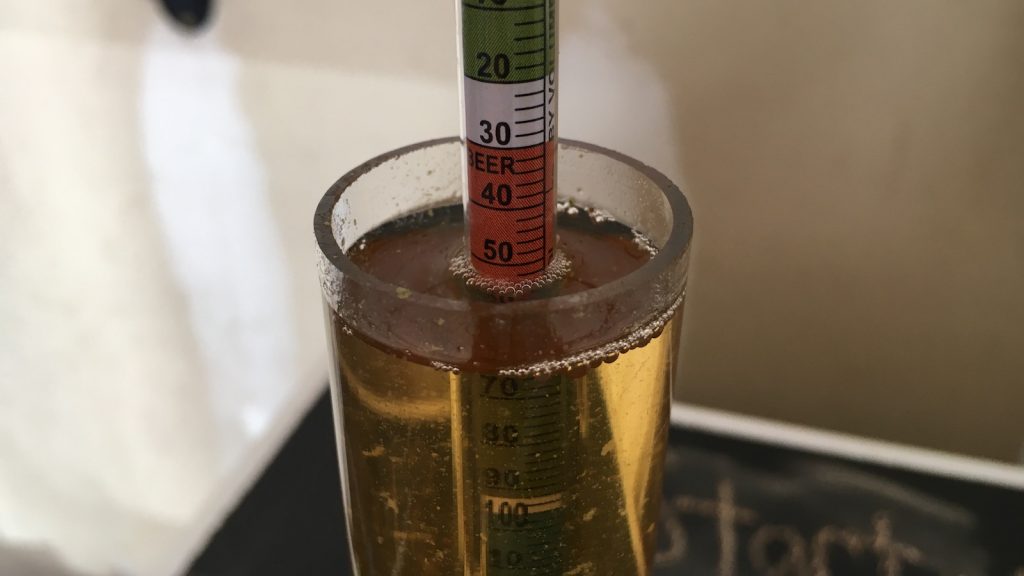
The cool wort was racked to a fermentor that was placed in my basement fermentation chamber before I pitched the yeast starter. Signs of activity were observed within 12 hours and the beer continued to ferment vigorously for the following couple of days. Once things appeared to have settled down, I added the dry hop charge and let it sit another few days before taking a hydrometer reading confirming the beer had reached the expected FG.
I proceeded with kegging the beer at this point.
The filled keg was placed in my cool keezer to cold crash overnight before fining with gelatin. After a brief period of burst carbonation, I dialed the CO2 down to serving pressure and let it sit a few days before serving it to tasters for evaluation.
| METHOD |
Participants were instructed to focus only on the aromatic qualities of the beer before evaluating the flavor. For each aroma and flavor descriptor, tasters were asked to write-in the perceived strength of that particular characteristic on a 0-9 scale where a rating of 0 meant they did not perceive the character at all and a rating of 9 meant the character was extremely strong. Once the data was collected, the average rating of each aroma and flavor descriptor was compiled and analyzed.
| RESULTS |
A total of 15 people participated in the evaluation of this beer, all blind to the hop variety used until after they completed the survey. The average aroma and flavor ratings for each descriptor were plotted on a radar graph.
Average Ratings of Aroma and Flavor Perceptions
The 3 characteristics endorsed as being most prominent by participants:
| Aroma | Flavor |
| Citrus | Citrus |
| Tropical Fruit | Tropical Fruit |
| Melon | Melon & Stone Fruit (tie) |
The 3 characteristics endorsed as being least prominent by participants:
| Aroma | Flavor |
| Onion/Garlic | Onion/Garlic |
| Earthy/Woody | Earthy/Woody |
| Grassy | Spicy/Herbal |
When asked to rate the pungency/strength of the hop, the majority of tasters perceived it as being moderately pungent.
Tasters were then instructed to identify beer styles they thought the hop would work well in.
Finally, participants were asked to rate how much they enjoyed the hop character on a 1 to 10 scale.
My Impressions: Having no baseline to judge this hop from, I’m pretty sure my opinion of it was largely influenced by my awareness of the existing descriptors. From the first pour to the last, I perceived the beer as possessing a very pleasant mix of cantaloupe melon and strawberries, while other notes typical of American hops were notably absent. And that wasn’t a bad thing, as this was the most enjoyable single hop beer I’ve had in a long time. I’m now even more excited to combine this tasty variety with others in my next NEPA and can say with certainty that I plan to use it regularly in everything from Pilsner to IPA!
| CONCLUSION |
Based on data from the blind participants and my own personal experience, Huell Melon seems an appropriate moniker for this relatively new variety. Not typically what I think of when I imagine beer, I was pleasantly surprised with how great the melon character imparted by Huell Melon worked in this beer! Similar to other new varieties in its fruity, juicy, and full flavor, Huell Melon distinguishes itself by being notably less pungent with none of the piney or dank characters many have come to expect from new hops. What’s cool is that despite this uniqueness, or perhaps because of it, participants really seemed to enjoy the beer made with this variety, a sentiment I fully share. Overall, my experience with Huell Melon was very positive, not only because it introduced me to a new variety I look forward using often, but it made me excited for all the novel hops we’ll like see in the future. For those looking to add a unique and refreshingly juicy hop flavor to their beer, give Huell Melon a shot!
If you have any thoughts on Huell Melon hops, please feel free to share them in the comments section below!
Support Brülosophy In Style!
All designs are available in various colors and sizes on Amazon!
Follow Brülosophy on:
FACEBOOK | TWITTER | INSTAGRAM
If you enjoy this stuff and feel compelled to support Brulosophy.com, please check out the Support Us page for details on how you can very easily do so. Thanks!


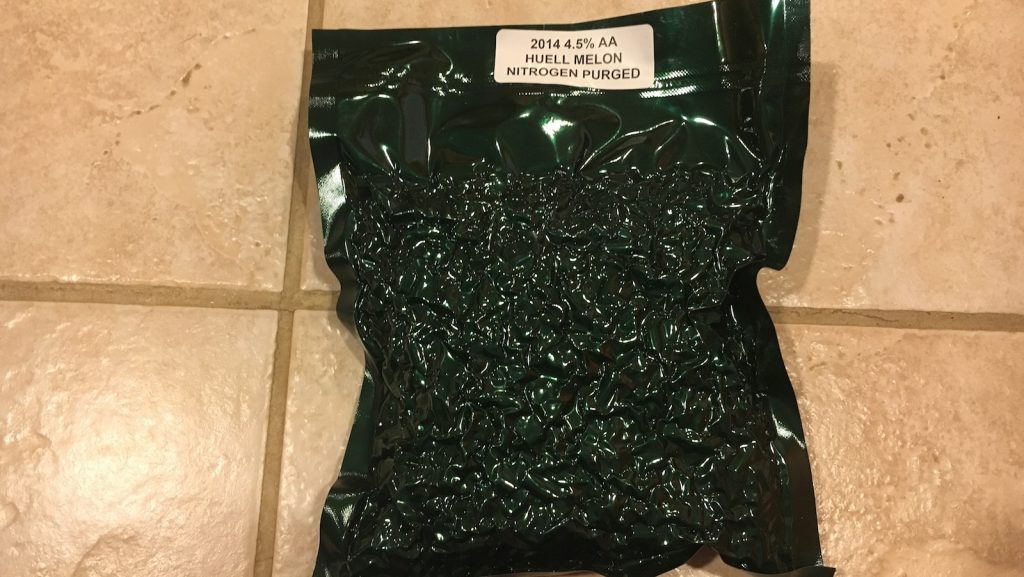
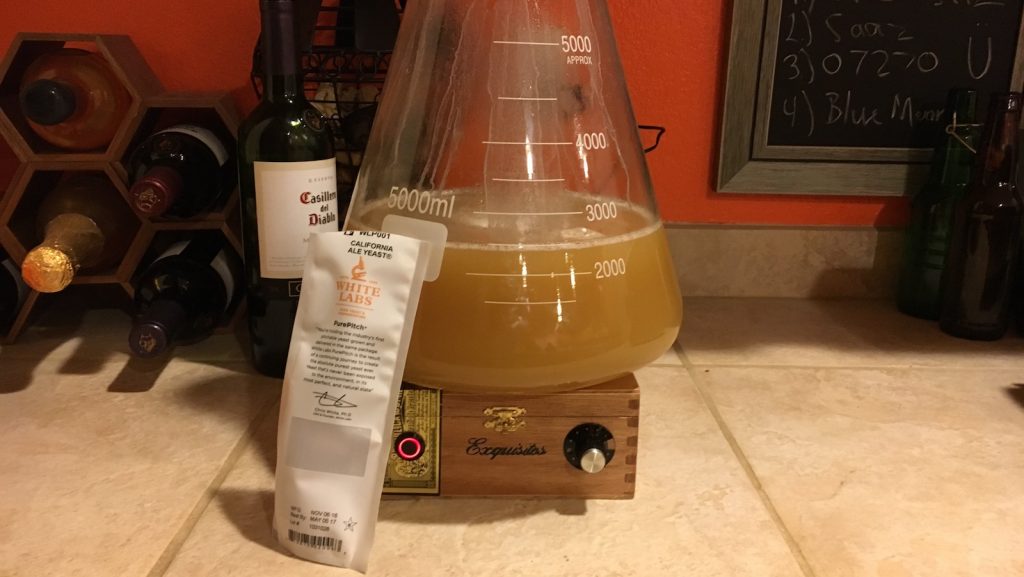
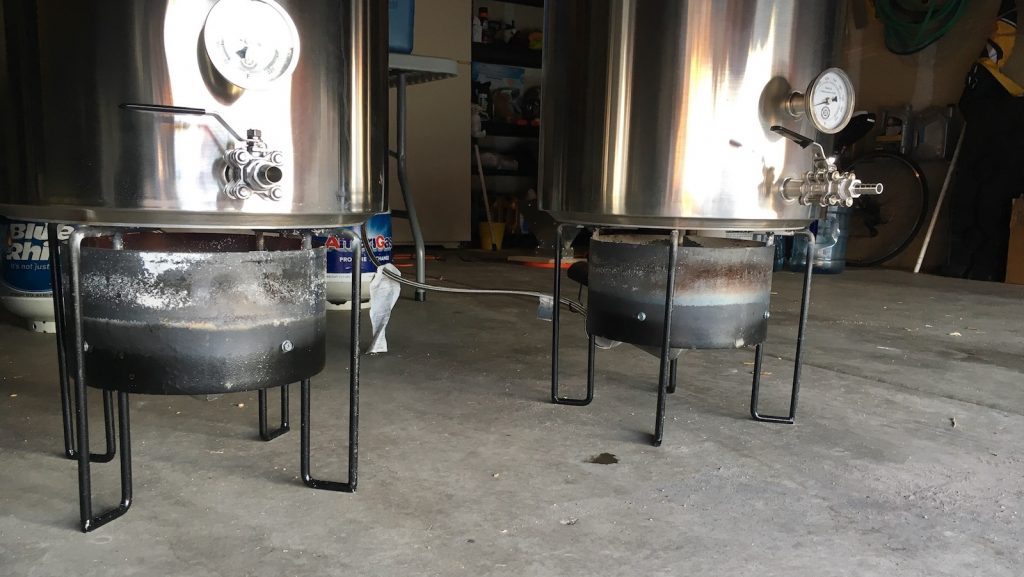
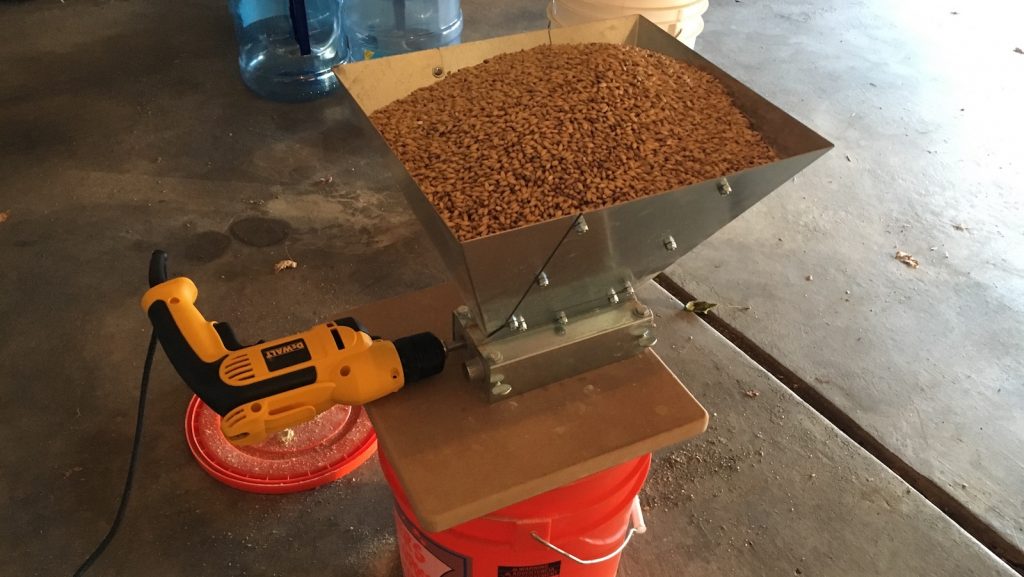
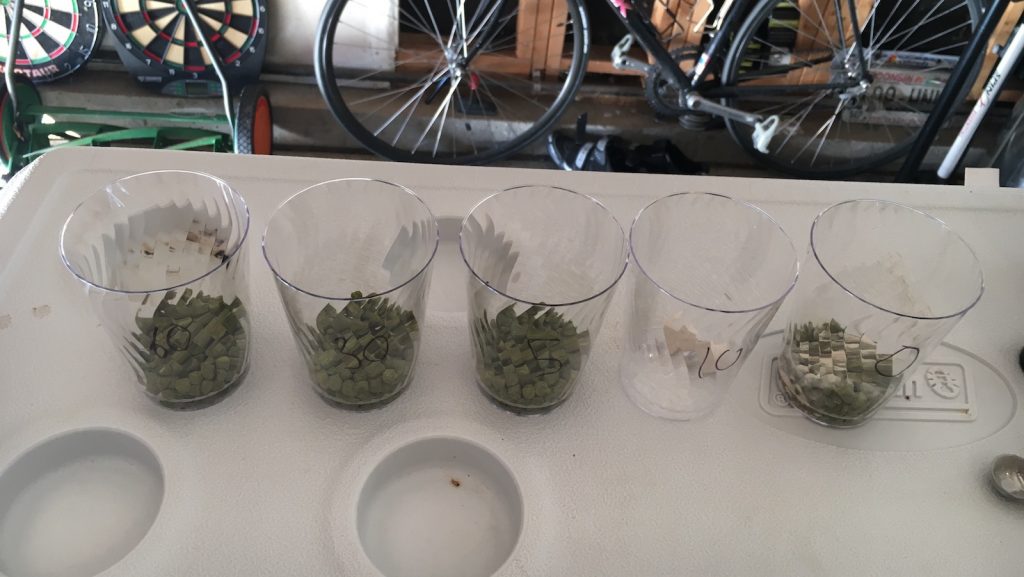
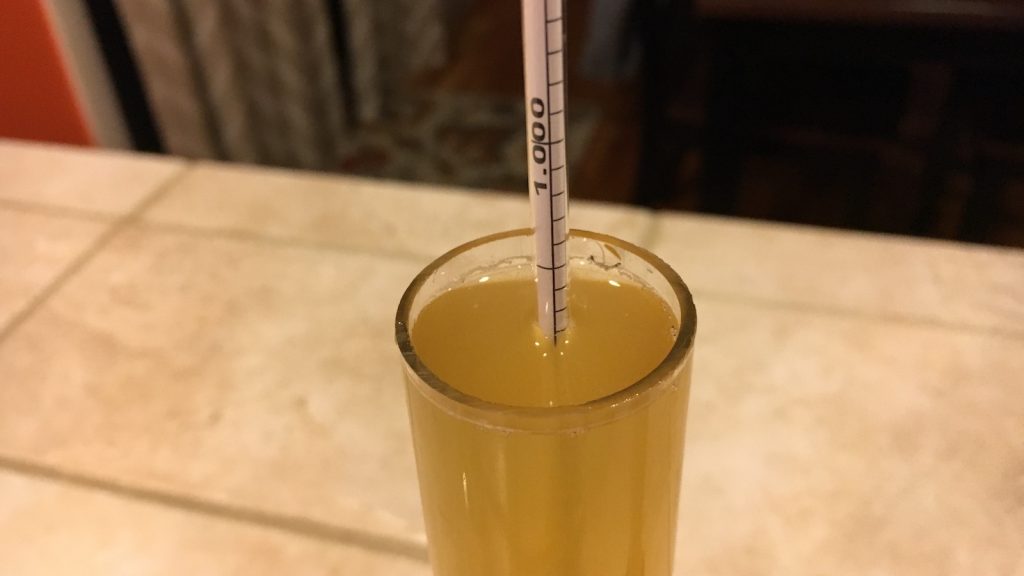
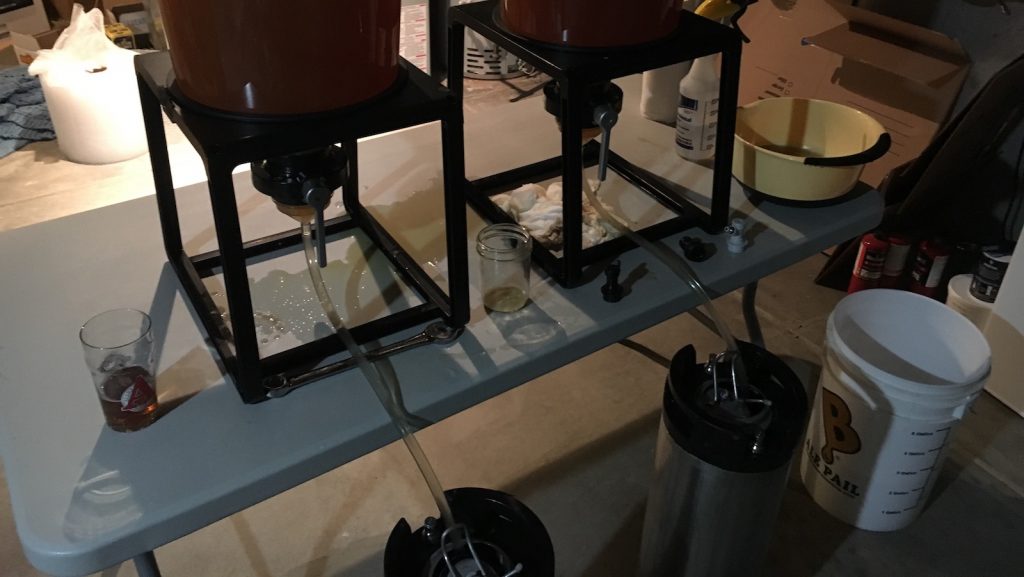
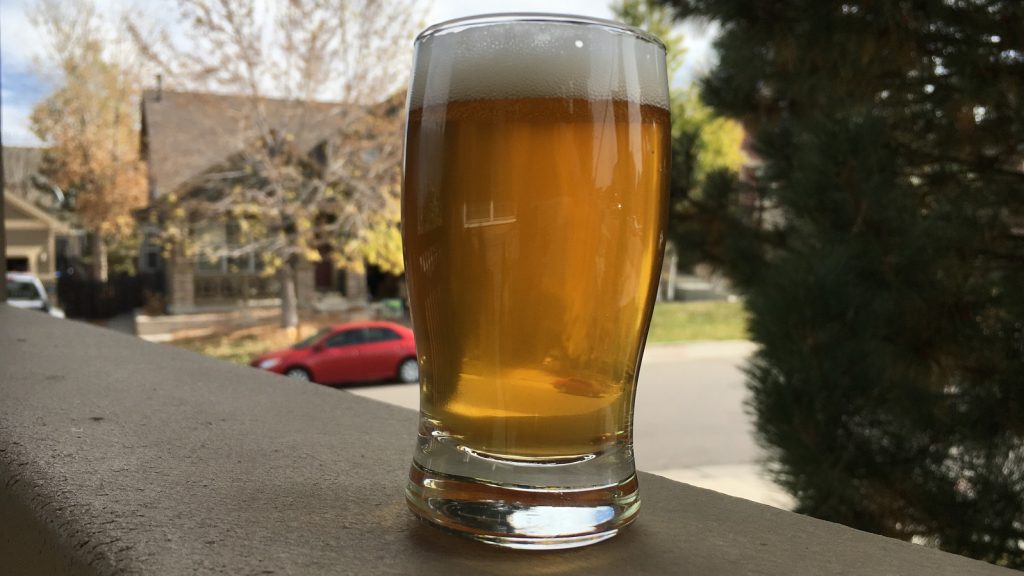
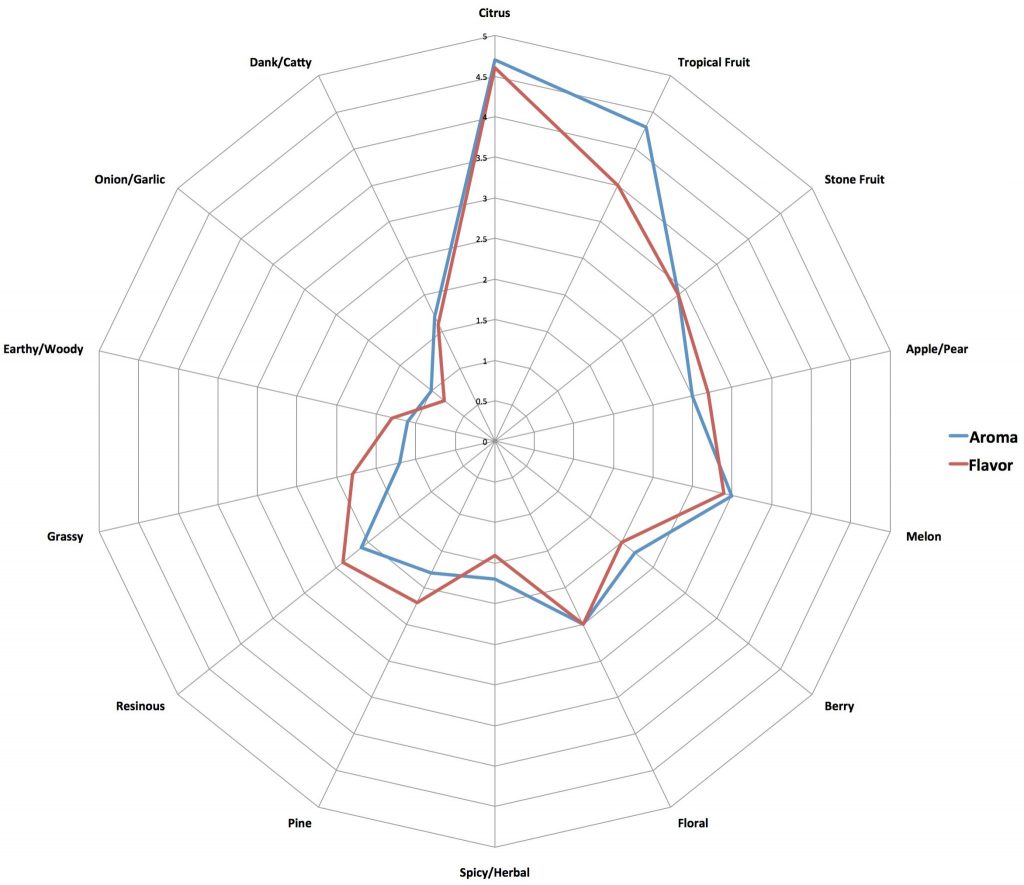
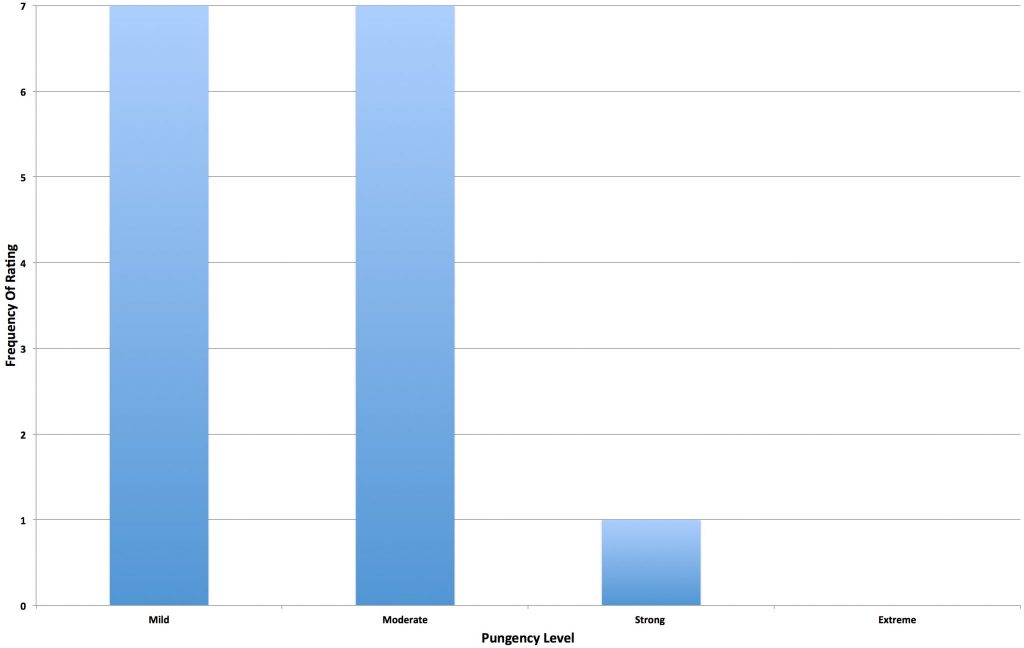
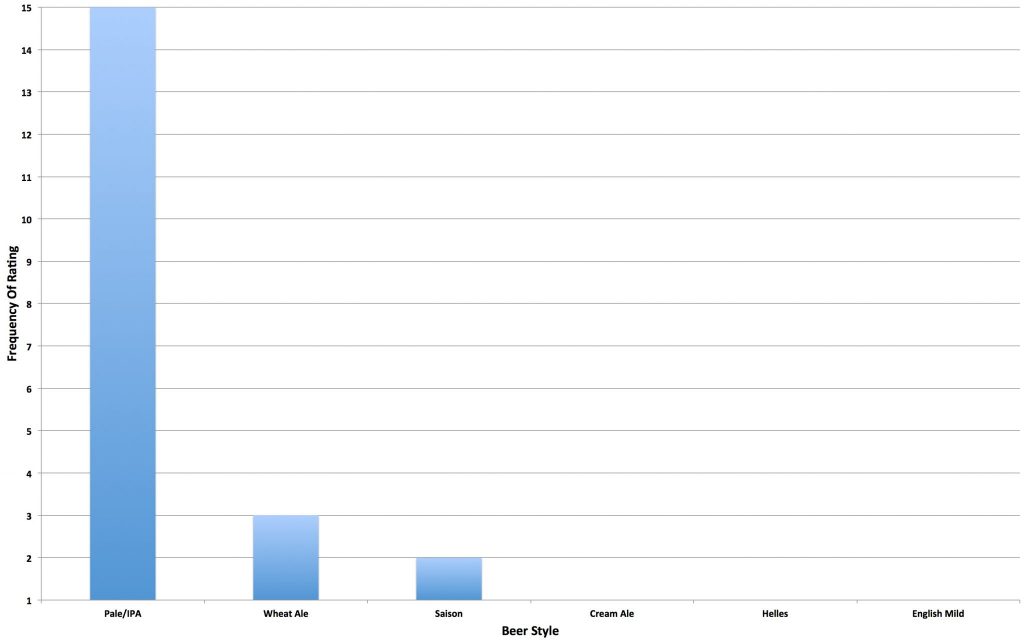
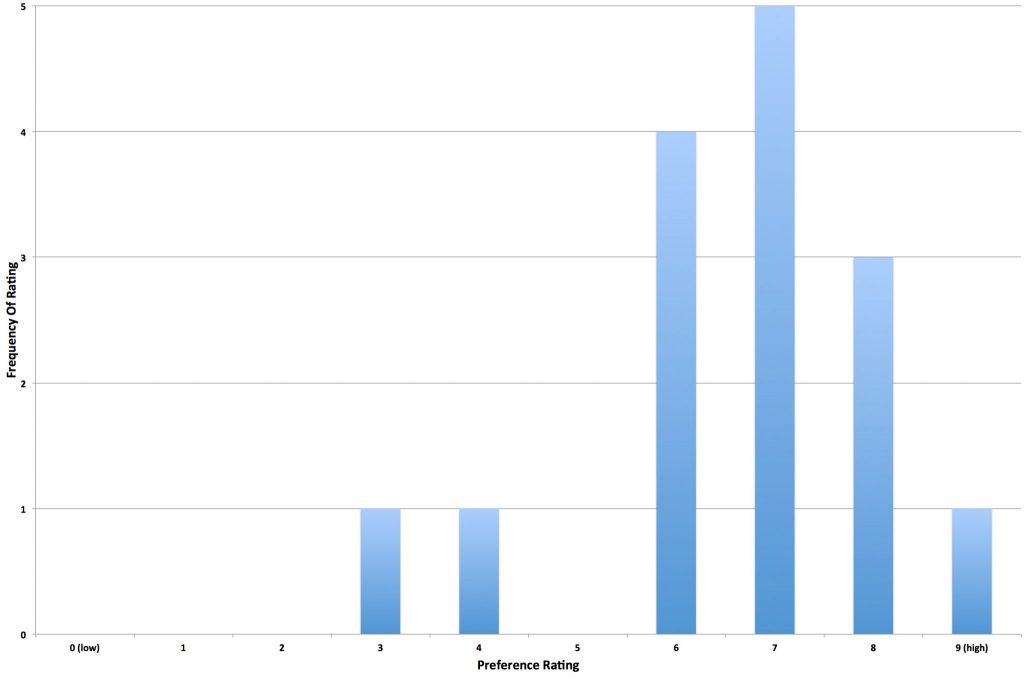










27 thoughts on “The Hop Chronicles | Huell Melon (2014) Pale Ale”
Can we assume you used the WLP 001, rather than the US-05 mentioned in the ingredients list?
Same yeast strain, Chiko is WLP001 / US 05 / 1056.
I did in fact use WLP001, would be fine using US-05 in this as well though
That would be a good assumption, I use them interchangeably
I’d like to see if anyone can tell the difference between this hop and a Citra or other variety
My hunch is yes, but we have some on the list so I’ll reserve judgement
Here’s the real question: How do you like The Catalyst? (click here for review)
Having only used them on two beers so far I’ll say I haven’t used them enough to pass judgement.
Awesome, I’ll look forward to the review. I’m most interested in the ease-of-use (start to finish) opinion from someone who has not been using a traditional conical before. I can’t figure out why I’d care if I can drop the hops/trub, and I prefer to get my yeast clean from a starter instead of the bottom of a ferment.
I think being able to safely secondary without risk of oxidisation from transferring to a different vessel is a good reason for me anyway. Interested in a review too.
Very well written. Thank you.
Great review! Which hops do you think would pair well with this variety?
I’m going to try mouteka and something I can’t put my finger on just yet
What do you think about Galena?
pacific gem?
Maaaaaaaaaaaaan I just ordered 6 oz of these so im really itching to make a pale ale now. I do have 2 oz of lemon drop left so maybe that would be a fantastic mixture of hops !!??
I’m really intersting in make a Weissbier with Hull Mellon or Mandarina Bavaria to have just a nice touch of fruit taste in it. Like adding 7-14 grams of hop at 30-20 minutes cause I don’t want to make them a huge protoganist.
What do you think about? Can work with the Hull Melon?
Hi Marcos,
Wheat beer isn’t really my thing but I think those flavors would go great with wheat beer flavors.
Cheers!
Brewed a Huell Melon single hop NE-Pale Ale.
Mine was 7.2% alpha acid, 2016 batch. It was pure grass and pine, no fruityness or citrus whatsoever, typical noble hops, with very strong grass and pine aroma. I don’t know if your 2014 batch is different, but there was no noticable melon or citrus whatsoever.
Weird how many hops did you use? Also was this a smash beer similar to what I brewed for the article?
Yes, 90% maris otter, 5% oat flakes, 5% barley flakes.
500 grams/ 1.1 lbs in 8 gallon, pale ale 1.052 OG
40% whirlpool
60% dry hop
Who knows, I’d chalk it up to hop crop variability. Having used up the rest of my store of huell melon recently I stand by the analysis here as it relates to this specific crop of the hop. Sorry yours wasn’t the same
I brewed a single hop pale ale/IPA (about 6.5% abv, pale malt, california lager yeast), single 10 min addition, 2 oz in a 2.5 gal batch, 2 oz dry hop for 5 days. Got a TON of bitter melon rind, banana peel, un-ripe strawberry, a little bit of grass, maybe a tiny hint of pine, but basically lots of bitter fruit skin, un-ripe strawberry/banana thing. Probably overshot the IBUs a bit, which is why all the descriptors start with ‘bitter’, but I don’t think this hop is quite right for APA/IPA, at least for me. Saison could be cool! (may not be off putting in non IPA styles, kinda like the Sorachi Ace phenomenon)
I’m imagining an American wheat with Huell Melon.
Brewing one of these with my dad this weekend. Great minds think alike
Done. Only Huell Melon hops. 0.5 oz at 60 and flame out (I’m cheap!). Definitely an aroma hop. Pleasant to drink but think I’ll use Magnum for bittering and a full ounce for aroma next time. BTW, does match well with Peach extract used in light doses.
Thinking of trying with El Dorado …..ratios ?